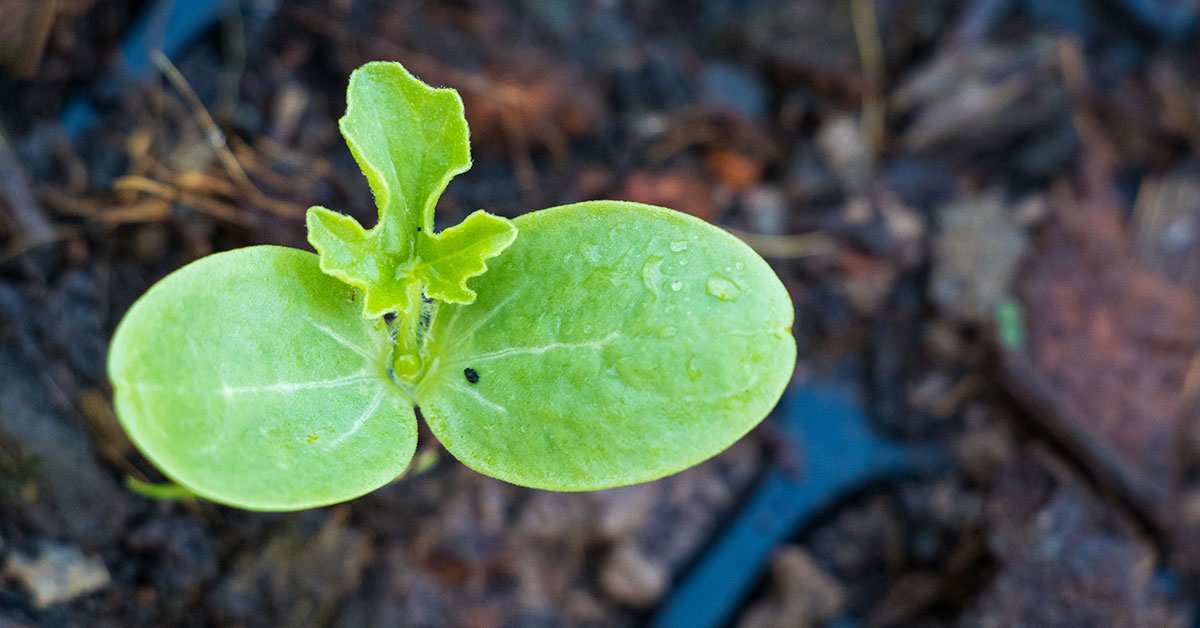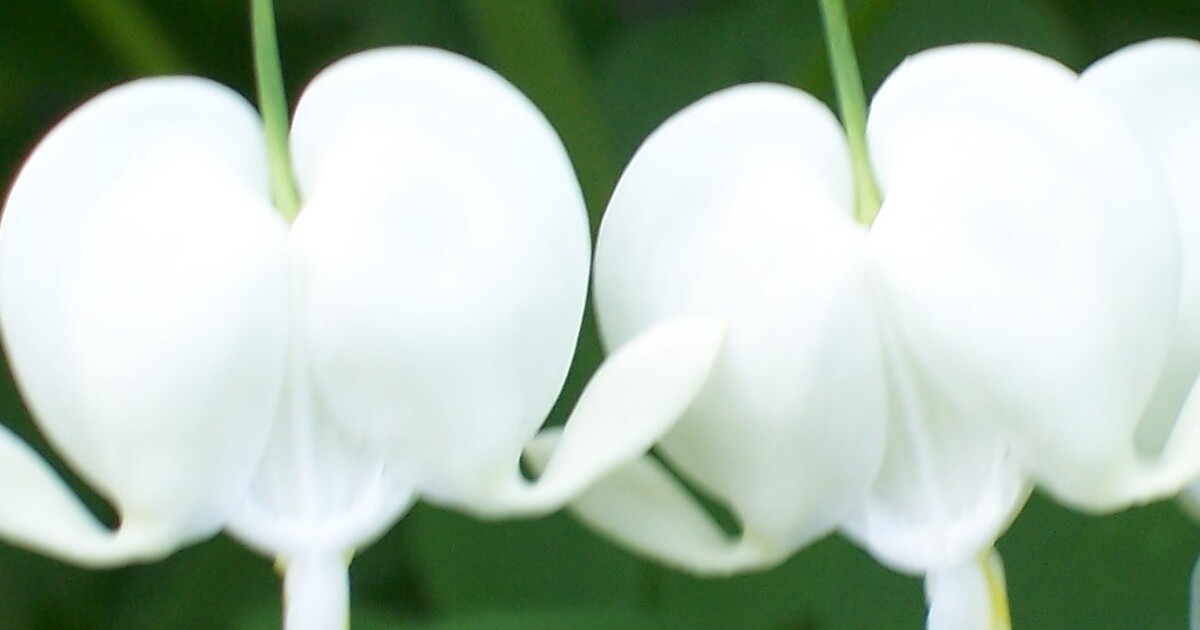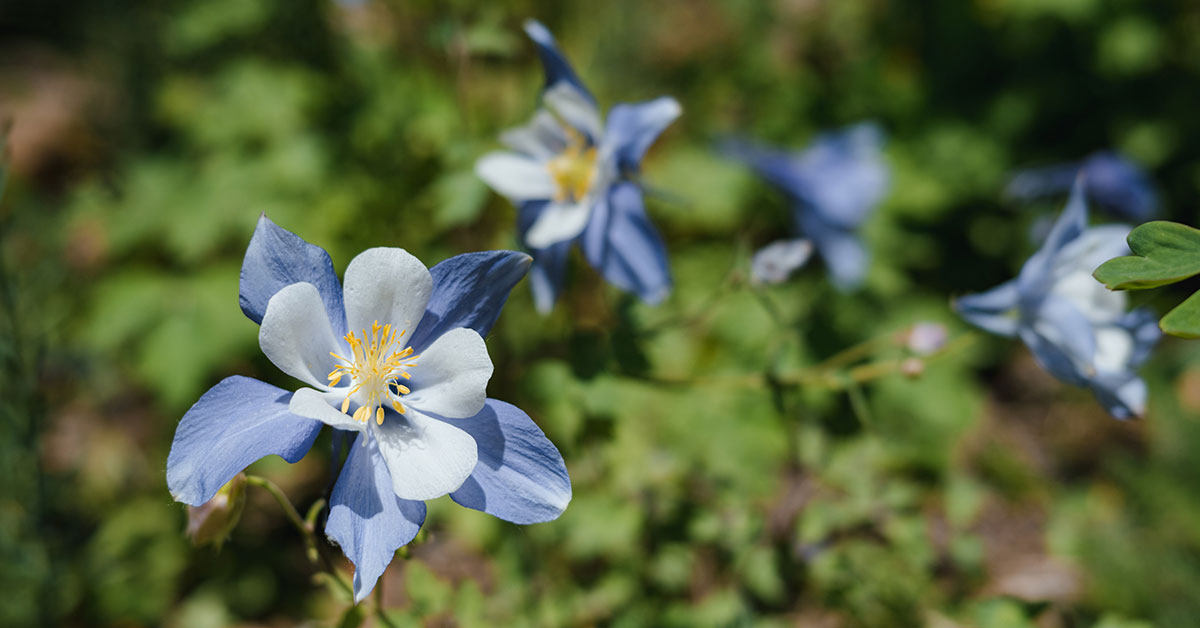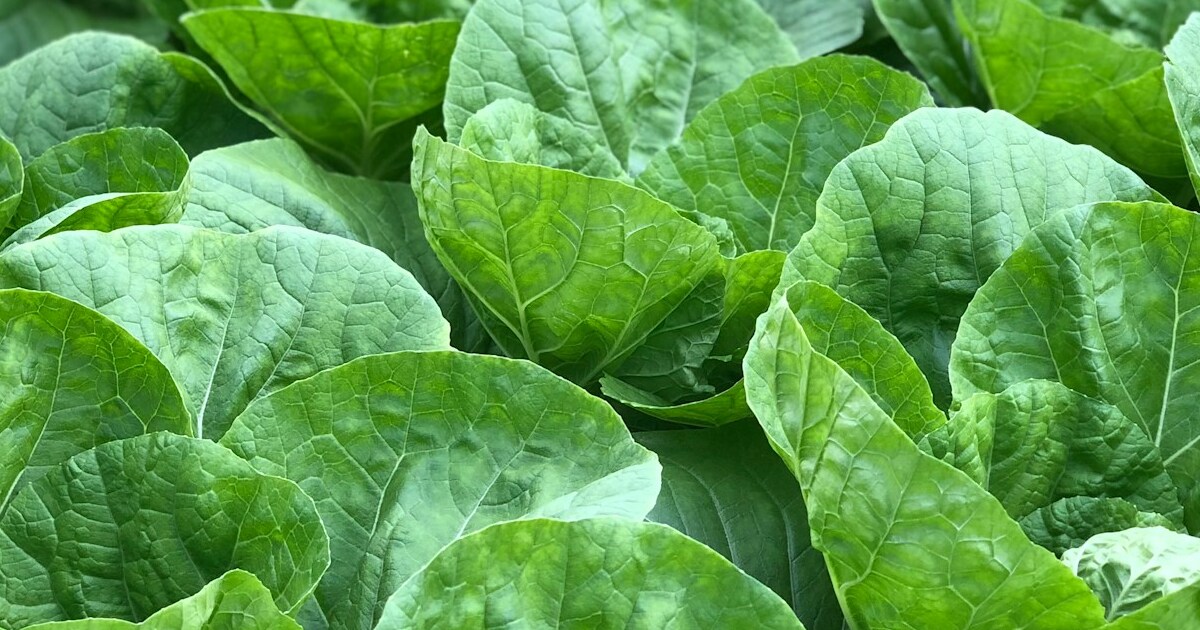Welcome to the world of watermelon cultivation in Zone 9! If you’re a gardening enthusiast residing in this region, you’re in luck because Zone 9 offers favorable conditions for growing watermelon. With its long, hot summers and mild winters, this zone provides the perfect environment for these delicious and refreshing fruits to thrive.
However, timing is crucial when it comes to planting watermelon in Zone 9, as the right planting schedule can significantly impact the success of your harvest. In this article, we will explore the ideal time to plant watermelon in Zone 9, taking into consideration the unique climate and growing conditions of this region. Whether you’re a seasoned gardener or a beginner, get ready to learn the best practices for growing mouthwatering watermelons in Zone 9.
Best varieties of watermelon to grow in Zone 9
In Zone 9, which typically has hot summers and mild winters, there are several watermelon varieties that tend to perform well. Here are a few recommended varieties for Zone 9:
- Crimson Sweet: This is a popular variety known for its large, sweet, and juicy fruits. It has a dark green rind with light green stripes and a bright red, crisp flesh.
- Sugar Baby: This is a smaller-sized watermelon variety that is perfect for smaller gardens or containers. It has a dark green rind and a sweet, deep red flesh. Sugar Baby matures relatively quickly, making it suitable for shorter growing seasons.
- Charleston Gray: This variety is known for its large, oblong fruits with light green rinds and sweet, red flesh. Charleston Gray is heat-tolerant and can handle the hot summers of Zone 9.
- Jubilee: Jubilee watermelons have a thick, medium-green rind with dark green stripes. The flesh is sweet, crisp, and deep red. This variety is known for its high yield and excellent flavor.
- Black Diamond: Black Diamond watermelons have a dark green rind and a sweet, juicy, deep red flesh. They are known for their large size and excellent flavor. This variety is relatively heat-tolerant and can thrive in Zone 9.
Remember to consider your specific microclimate within Zone 9, as factors like soil quality, sun exposure, and local weather patterns can also influence the success of watermelon varieties.
When to plant watermelon in Zone 9
In Zone 9, the best time to plant watermelon is typically in late spring or early summer when the soil has warmed up and the danger of frost has passed. The ideal soil temperature for watermelon seeds to germinate is around 70-85°F (21-29°C). Planting watermelon seeds or seedlings in late April to early June is generally recommended in Zone 9. However, it’s always a good idea to check your local weather conditions and frost dates to determine the best time for planting in your specific area.
How to grow
Growing watermelon requires careful planning and attention to detail. Here are the steps and considerations to keep in mind:
- Climate and Soil: Watermelons thrive in warm climates with temperatures between 70-90°F (21-32°C). Choose a location that receives full sun for at least 6-8 hours a day. The soil should be well-draining and rich in organic matter. A pH level between 6.0-6.8 is ideal.
- Seed Selection: Choose watermelon seeds that are suitable for your climate and growing conditions. There are different varieties available, including seedless watermelons, which are popular for their convenience.
- Starting Seeds: Start watermelon seeds indoors 2-3 weeks before the last frost date in your area. Use seedling trays or pots filled with seed-starting mix. Plant the seeds 1 inch deep and keep the soil consistently moist. Transplant the seedlings outdoors when the soil temperature reaches 70°F (21°C) and all frost danger has passed.
- Planting: Watermelons need ample space to spread out. Plant them in rows, leaving 6-8 feet of space between each plant. If you’re growing vining varieties, allow 8-10 feet between rows. For bush varieties, 4-6 feet is sufficient. Ensure that the soil is well-prepared by adding compost or well-rotted manure.
- Watering: Watermelons require consistent moisture, especially during the fruiting stage. Water deeply, providing around 1-2 inches of water per week. Avoid overhead watering to prevent diseases. Mulching around the plants helps retain moisture and suppress weeds.
- Fertilizing: Watermelons are heavy feeders. Apply a balanced fertilizer or compost before planting, and then side-dress with nitrogen-rich fertilizer when the vines start to run. Follow the instructions on the fertilizer package for application rates.
- Pollination: Watermelons require pollination for fruit set. Bees and other pollinators are essential for this process. Encourage pollinators by planting flowers nearby or using companion plants that attract them.
- Trellising: While watermelons are typically grown on the ground, you can also trellis them to save space and improve airflow. Use a sturdy trellis system to support the vines and fruits.
- Pest and Disease Control: Monitor your plants regularly for pests like aphids, cucumber beetles, and squash bugs. Use organic pest control methods or insecticidal soap if necessary. Common diseases that affect watermelons include powdery mildew, fusarium wilt, and anthracnose. Rotate crops, practice good sanitation, and choose disease-resistant varieties to minimize the risk.
- Harvesting: Watermelons are ready to harvest when the fruit’s skin loses its shine, the underside turns yellow, and the tendril closest to the fruit dries up. Give the fruit a thump, and if it sounds hollow, it’s likely ripe. Cut the fruit from the vine using a sharp knife or pruning shears, leaving a short stem attached.
By following these steps and considerations, you can successfully grow delicious watermelons in your garden. Happy gardening!
When to harvest
In Zone 9, watermelons are typically harvested in late spring to early summer, depending on the specific variety and planting time. The exact timing can vary based on the specific climate and growing conditions in your area. However, as a general guideline, you can start checking for ripeness when the watermelon’s skin turns dull or matte, the tendril closest to the fruit starts to dry out, and the bottom of the melon (where it rests on the ground) turns yellow or creamy. Additionally, you can perform the “thump test” by tapping the melon and listening for a deep, hollow sound, which indicates ripeness. It’s important to monitor your watermelon plants closely and harvest them promptly when they reach maturity to ensure the best flavor and texture.
Common watermelon plant problems and fixes
Common problems when growing watermelon and their fixes include:
- Poor germination: If watermelon seeds fail to germinate, it could be due to low soil temperature or poor seed quality. To fix this, ensure that the soil temperature is consistently above 70°F (21°C) before planting. Additionally, purchase high-quality seeds from reputable sources.
- Lack of pollination: Watermelon plants require pollination for fruit development. If there is a lack of pollinators in your area, you can hand-pollinate the flowers using a small brush or by transferring pollen from male flowers to female flowers.
- Blossom end rot: This condition is characterized by a dark, sunken area at the blossom end of the fruit. It is caused by calcium deficiency or inconsistent watering. To prevent blossom end rot, maintain consistent soil moisture by watering regularly and evenly. Additionally, ensure the soil has adequate calcium levels by adding calcium-rich amendments or using a balanced fertilizer.
- Powdery mildew: Powdery mildew is a fungal disease that appears as a white, powdery coating on leaves, stems, and fruits. To prevent powdery mildew, provide good air circulation by spacing plants properly and avoiding overhead watering. If the disease appears, treat it with a fungicide specifically designed for powdery mildew.
- Pest infestations: Common pests that attack watermelon plants include aphids, cucumber beetles, and squash bugs. Monitor your plants regularly and take action at the first sign of infestation. Use organic insecticides, insecticidal soaps, or introduce beneficial insects like ladybugs to control pests.
- Overwatering or underwatering: Overwatering can lead to root rot, while underwatering can cause stunted growth and poor fruit development. Watermelon plants require consistent moisture, so water deeply when the top inch of soil feels dry, and ensure proper drainage to avoid waterlogged conditions.
- Fruit splitting: Rapid growth followed by heavy rain or inconsistent watering can cause watermelon fruits to split. To prevent splitting, maintain consistent soil moisture levels and provide a layer of organic mulch around the plants to retain moisture.
- Sunburn: Watermelon fruits can get sunburned if left exposed to intense sunlight. To prevent sunburn, provide some shade to the fruits by using shade cloth or by planting watermelon vines near taller plants that can provide natural shade.
By addressing these common problems, you can increase the chances of successfully growing watermelons and enjoying a bountiful harvest.














